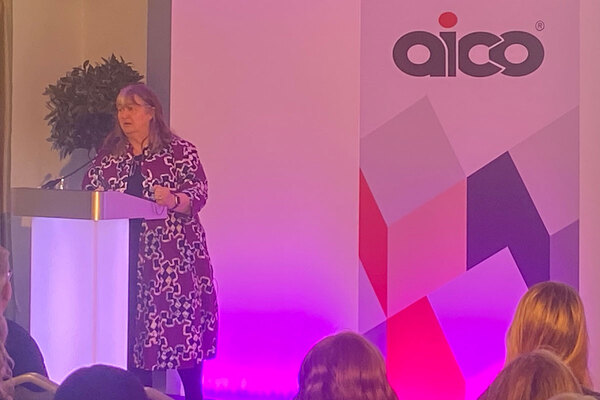Consultation into social housing supply in Wales reveals concerns over WHQS funding
Respondents to a cross-party committee of Senedd members into the supply of social housing have highlighted concerns over funding for the Welsh Housing Quality Standard (WHQS).

The Local Government and Housing Committee issued a call for evidence earlier this year as part of a consultation related to an inquiry into social housing supply.
The inquiry, which ran from 16 February to 19 April, examined progress made towards meeting the Welsh government’s target of building 20,000 low-carbon homes for social rent between 2021 and 2026.
The committee also looked at the challenges faced by social landlords in increasing supply, plus how housing standards and decarbonisation are affecting the delivery of new social homes.
The Welsh Local Government Association (WLGA) said that “even with record levels of investment support and borrowing by councils and registered social landlords (RSLs), there are many growing challenges to developing enough new homes”, such as land availability and rising costs of materials.
“Increased demand around decarbonisation for existing council and RSL stock may result in a challenge on investment between existing stock and new build developments,” the WLGA said.
“WHQS23 will require a huge investment in stock which in turn means the labour market must resource this as well as new build.”
North Wales housing association Adra flagged the extra financial pressures posed by the WHQS.
In its submission, Adra said: “The standard is currently largely underfunded. As it stands, social housing landlords will have to divert capital away from development programmes to meet the aspirations of this standard.”
“Adra had to identify an additional £800,000 per annum of funding to meet the new flooring standard. This funding would otherwise be made available to Adra’s development programme,” the housing association said.
Adra called for a “longer-term commitment” to the Social Housing Grant and Transitional Accommodation Capital Programme funds to make investment more attractive and support the acquisition of a larger number of social homes.
Other respondents drew attention to the need to utilise current stock as well. Rhondda Cynon Taf County Borough Council said in its submission that while low-carbon social homes were “important”, “it should only form part of the solution for housing need”.
“If we are to meet the needs of our residents, then utilising current stock must come into our thoughts. With the new WHQS it is becoming more and more difficult and expensive to use perfectly good-quality housing to combat the needs we have, just because they were built at a different time,” it said.
Cymorth Cymru said in its response that implementing the standards would be “challenging”.
“It is therefore of the utmost importance that the Welsh government provides appropriate funding through the Social Housing Grant to help social landlords to meet these new standards,” it said.
In October 2023, membership bodies in Wales revealed concerns about the timescale to deliver the plans, and the levels of funding.
The head of regulation at the Welsh government recently confirmed that it also intends to consult on a timeframe for dealing with instances of damp and mould as part of a change to the WHQS.
Julie James, cabinet secretary for housing, local government and planning, recently said the government was “hanging on” to the 20,000 homes target “by the skin of our teeth”.
So far, 5,775 homes have been delivered since 2021, according to government figures.
Housing equality charity Tai Pawb said in its response that the target was “welcome” but noted that the government needed “a more detailed understanding of the diverse needs of the people who need social housing”.
“A solely ‘unit-led’ approach means there is a real risk that by focusing on the total number of homes, the wrong type of homes could be built in the wrong places,” Tai Pawb said.
It called for a Welsh housing survey to be carried out to guide future policies and targets.
Other topics examined in the inquiry included the impact of planning issues on building social homes, if there is capacity in the Welsh construction sector to build low-carbon social homes, and how local communities can be effectively engaged in social housing developments in their areas.
Sign up for our Wales newsletter
New to Inside Housing? Click here to register and receive our Wales round-up straight to your inbox
Already have an account? Click here to manage your newsletters











